How to Connect MySQL with Power BI
Why Connect MySQL to Power BI?
Connecting MySQL to Power BI allows businesses to leverage the strengths of both platforms for efficient data analysis and visualization. MySQL handles data storage and querying, while Power BI provides powerful tools for transforming raw data into interactive, real-time dashboards and reports. This integration enhances decision-making by enabling live data updates, seamless data transformation, and the ability to merge multiple data sources. It also automates report generation, facilitates collaboration, and offers a cost-effective, scalable solution for making data-driven insights accessible across an organization.
Are you looking for a way to connect your MySQL database to Power BI? This post will take you through the steps to move data from MySQL to Power BI.
Steps to Connect MySQL to Power BI:
Step 1: Open Power BI Desktop:
Launch Power BI Desktop
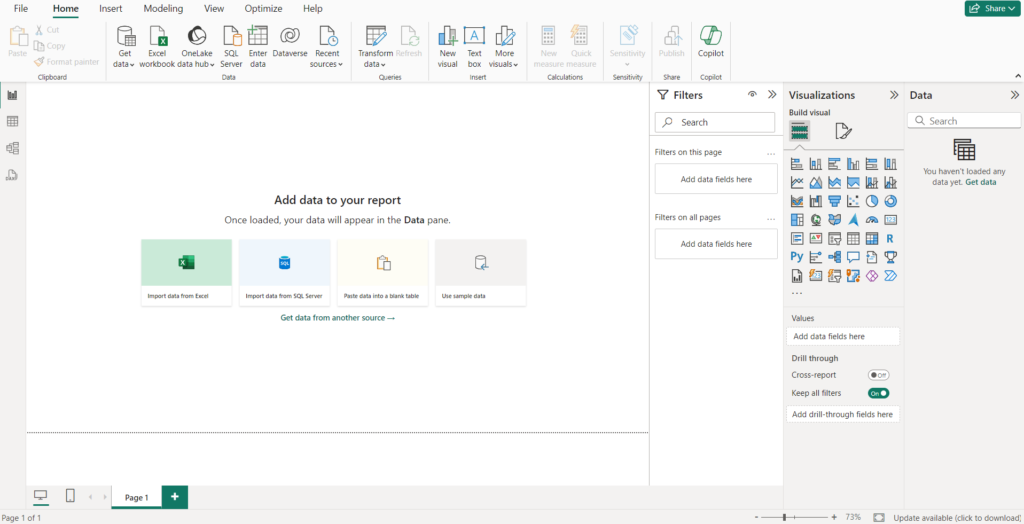
Step 2: Click on "Get Data"
On the Home tab, click Get Data > More

Step 3: Select MySQL Database
- search box or scroll to find the MySQL database option.
- Select it and click Connect.
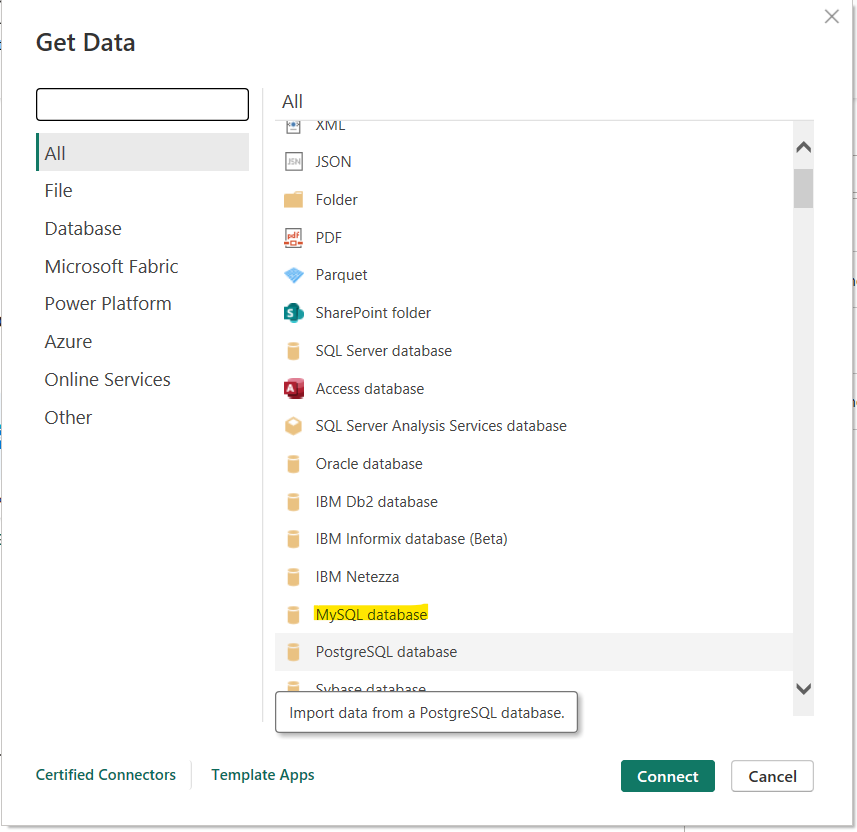
Step 4: Install MySQL Connector (if required)
- If you don’t have the MySQL connector installed, Power BI will prompt you to install it.
- Install the MySQL Connector ODBC From Below
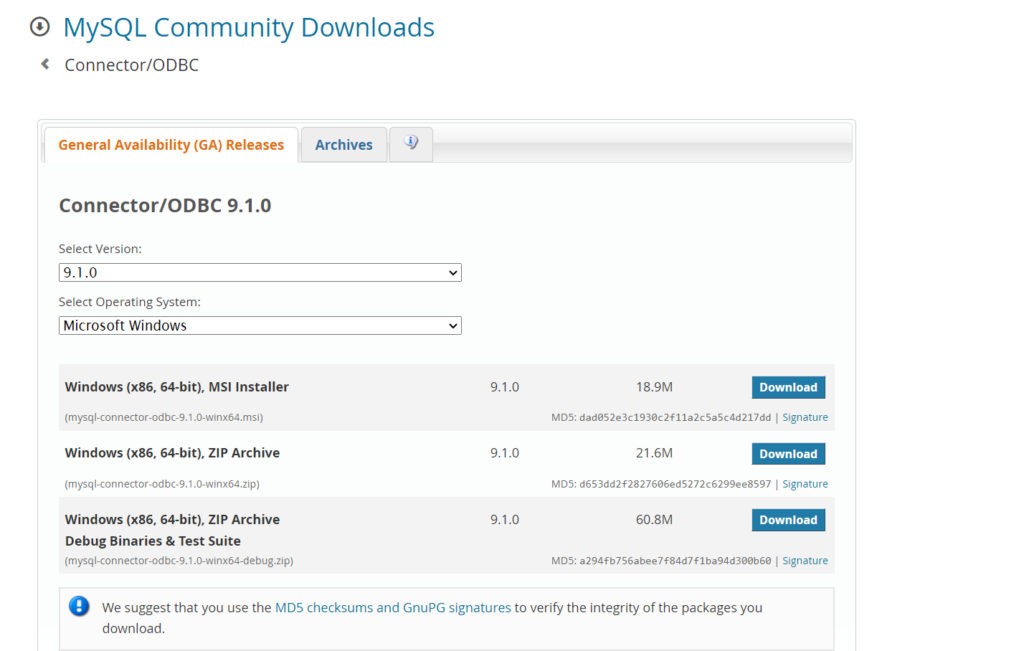
Step 5: Enter MySQL Server Details
- In the MySQL database window, provide your server (hostname/IP address) and database name.
- You can also add the Database Name.
- Click OK.
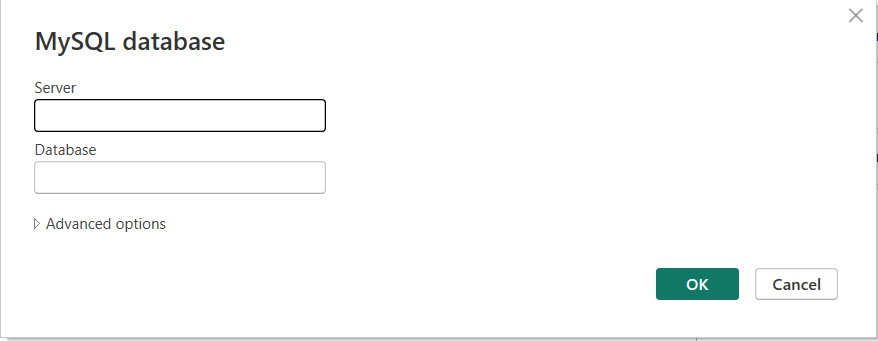
Step 6: Authentication:
- Enter your username and password for the MySQL database.
- Click Connect.
Step 7: Select Tables
- Power BI will display a navigator with the available databases and tables.
- Select the tables or views you want to load into Power BI.
- Click Load (or Transform Data if you want to do some pre-loading transformations).
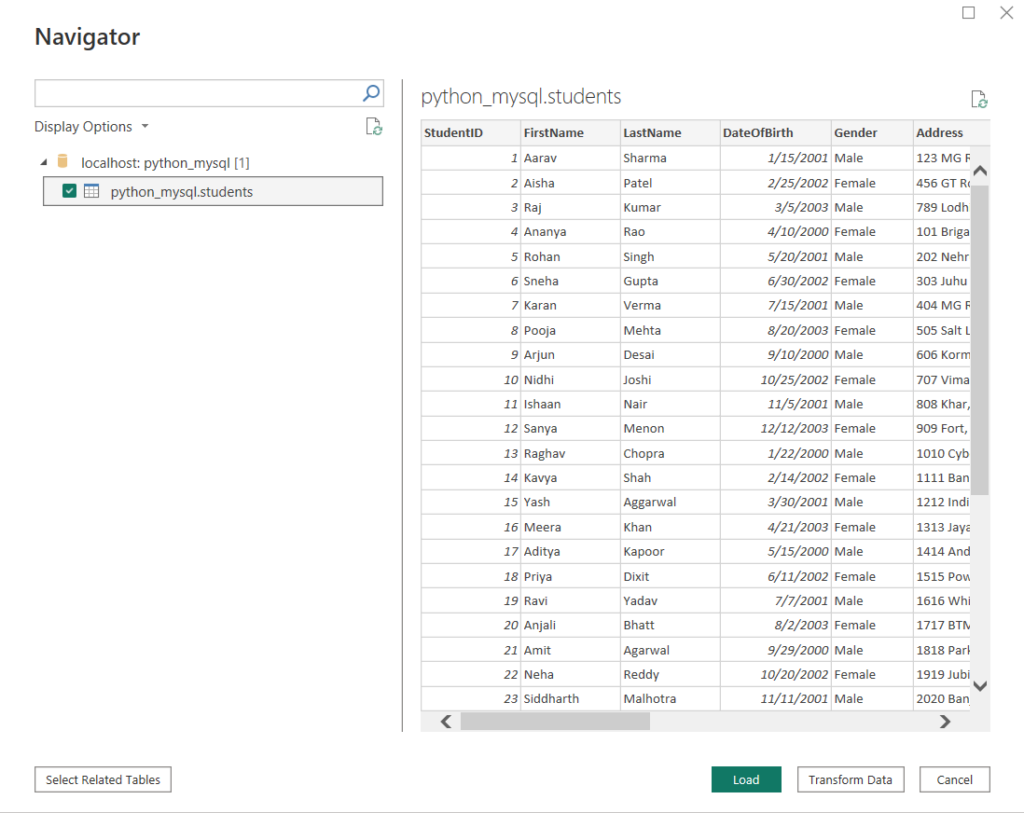
Tips:
- Ensure the MySQL server is accessible from the machine running Power BI.
- Check for firewalls or networking issues if you’re having trouble connecting remotely.
- For better performance, consider writing optimized SQL queries or using views for complex data retrieval.
This method allows you to visualize and analyze MySQL data using Power BI’s rich set of visualization tools.
